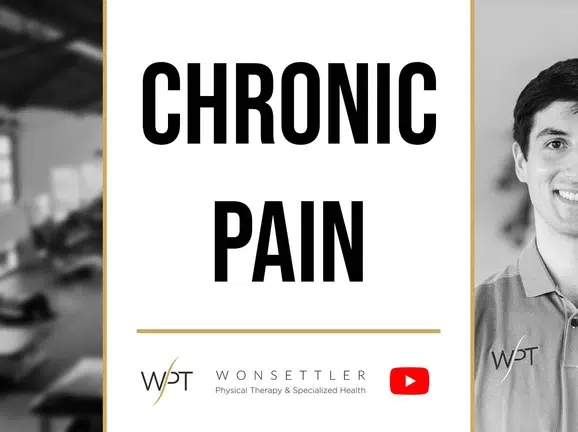Have you ever discovered a cut on your hand but not remember when you bumped it? The only way you knew that you had injured your hand was by visually seeing the cut. Experiencing an injury to the issue does not always result in pain. Think about what this means. Pain and tissue injury are not synonymous, you can have one without the other. Injuries heal, but pain lasts…why is this?
Think of yourself as a measuring cup. Fear, anxiety, constant stress, job issues, family concerns, previous failed treatments and persistent pain are all aspects of life that may fill this cup. Now picture this full cup with a fire is lit under it. What do you think happens? This fire could be a change in the weather, an hour of sitting in traffic or even just bumping your knee on the kitchen table. We will learn empty this cup.
This concept does not mean that your pain is not real. When the body experiences pain for a long time, the brain’s pain map begins to change.
Do you find it more difficult to focus or concentrate? This may be because the brain begins to associate pain with all areas of the brain. The brain is working overtime to attempt to process pain causing your body’s alarm system to be extra sensitive. The beautiful thing is our brain is plastic. The good news is, you’re in the right place, I believe we can help you.
I you believe you are experiencing chronic pain, reach out to us. We want to hear your story and help you get back
Reference:
Louw A., Pain Neuroscience Education. Session 18. 2020.


